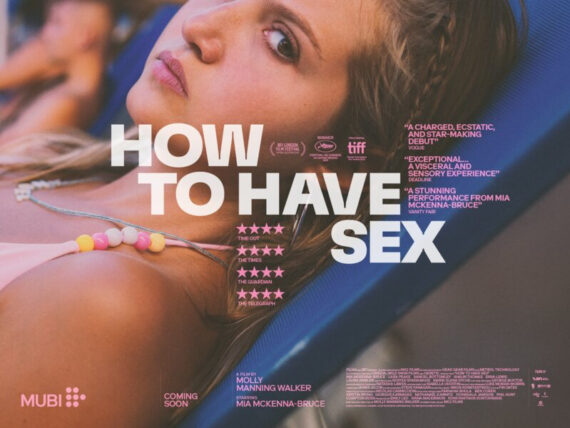In the year that marks the 80th anniversary of his death, the documentary Eric Ravilious: Drawn to War examines the life and legacy of the artist.
Painter, engraver and designer: Eric Ravilious has, until recently, been English Art’s best kept secret. His work has undergone a reappraisal over the past few years, with the documentary confirming Ravilious’ status as one of our most important artists. His watercolours – including Beachy Head, Westbury Horse and Tea at Furlongs – are at first glance dream-like, pastoral scenes of English life. The documentary Drawn to War, directed by Margy Kinmonth, examines not only Ravilious during peacetime, but his contribution during the Second World War as an Official War Artist.
Kinmonth makes use of Ravilious’ prolific letter writing to piece together the man, both private and public. He writes to his wife, Tirzah Garwood (a talented engraver and artist in her own right) about his work and his influences. Early on, we learn he is both inspired and pushed to excel by his Royal College of Art colleague, Paul Nash. But where Nash’s apocalyptic vision of World War One trenches shaped what we would come to expect from war images, Ravilious’ art does not possess the same incendiary quality. His paintings have a lightness of touch, as he uses watercolour as a means of working quickly. His paintings are not of explosions; the moment of impact. Instead, his depiction of the Second World War is of planes overhead; men working on a submarine. The battle is elsewhere, but the accessibility of Ravilious’ pictures made him the most exhibited war artist of the period.
Drawn to War has an impressive roll call of contributors. Grayson Perry, Alan Bennett and Ai Weiwei are among those commenting on Ravilious. Perry looks at Ravilious as a designer – his Wedgwood plates and mugs helped pay the bills. Alan Bennett looks at the landscapes Ravilious produced in and out of wartime, and underlines our tendency to not trust something that appears “too easy”. Instead, Bennett offers an alternative to that superficial reading. Ravilious, he argues, is an artist of potential: destruction, despair – the threat is ever present. Kinmonth uses her starry guests well, but also interviews members of Eric’s family. His daughter touches upon the strain her parents’ marriage went under, as Ravilious travelled to Norway and Iceland with the Royal Marines. As she reads aloud the last letter he wrote to Tirzah, Kinmonth’s decision to show the complexity of the Ravilious-Garwood marriage gives the documentary its emotional resonance.
While the documentary does look at the personal – Kinmonth gives us a fascinating portrait of an industrious artist who was endlessly self critical (Ravilious is estimated to have destroyed at least 50% of his work) – Drawn to War extends its focus into the legacy left by Ravilious after his untimely death in 1942. Placing Ravilious in an art-historical context, Drawn to War reassesses his Englishness, which has been previously levelled as a criticism. Ravilious was accused of being too cosy, too prim. His war work certainly does not have the visceral effect of a Henry Moore or Edward Ardizzone, but it is no less impactful. The film, in situating Ravilious among his peers, highlights the artist’s searching curiosity. His rural landscapes, stretching off into the horizon, go beyond immediate time and place, into a prehistoric space. Ravilious articulates the beauty of the land before it even had a name. Kinmonth is eager for us to see Ravilious from every angle, and his vision of England is expansive and elemental. It is the same artistic philosophy that he applies to his time as an Official War Artist. Ai Weiwei praises him for sticking to his style and not being tempted to produce what might be expected of a ‘war artist’.
It is the clarity of his art that makes Ravilious such a rich subject for documentary. While Kinmonth risks her subject not being taken seriously, with voiceovers leaning heavily into his affable, boyish character, it is the artistic community of today that gives Ravilious the gravitas his work deserves. Their reinterpretation of his art makes it come alive for a whole new audience. A crucial link from the interwar period to the modern age. Querying, far from quaint.
Eric Ravilious: Drawn to War is screening at Plymouth Arts Cinema from Saturday 8th October – Thursday 13th October.
Reviewed by Helen Tope








Comments
No comment yet.